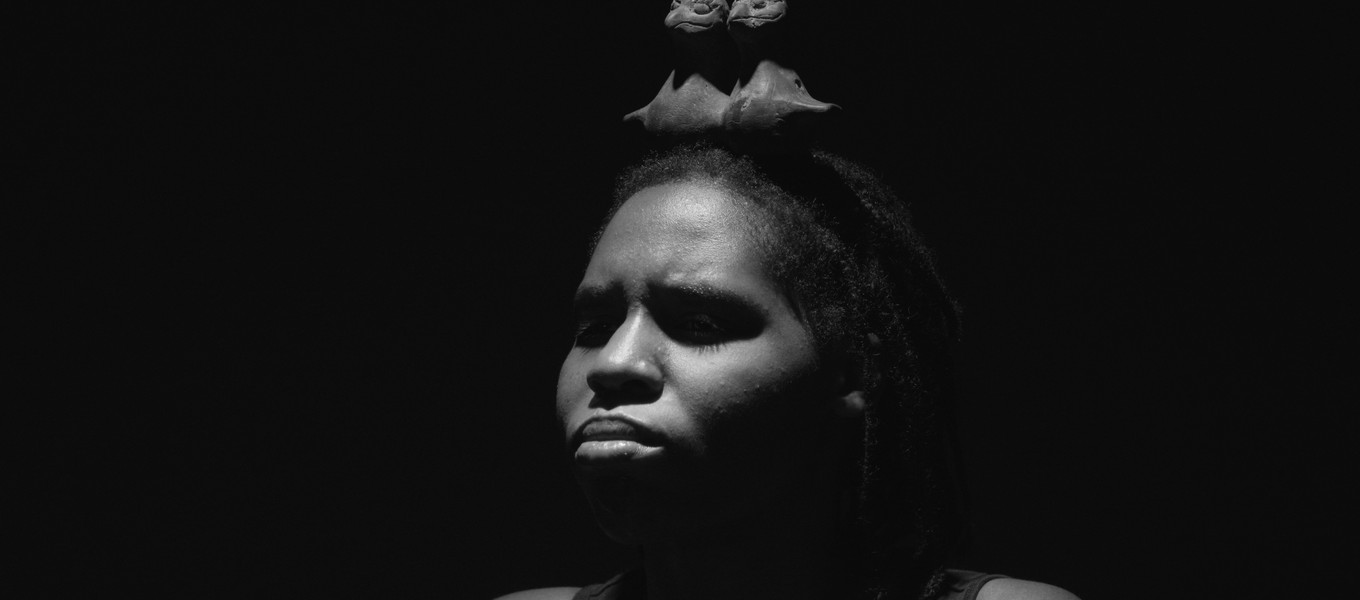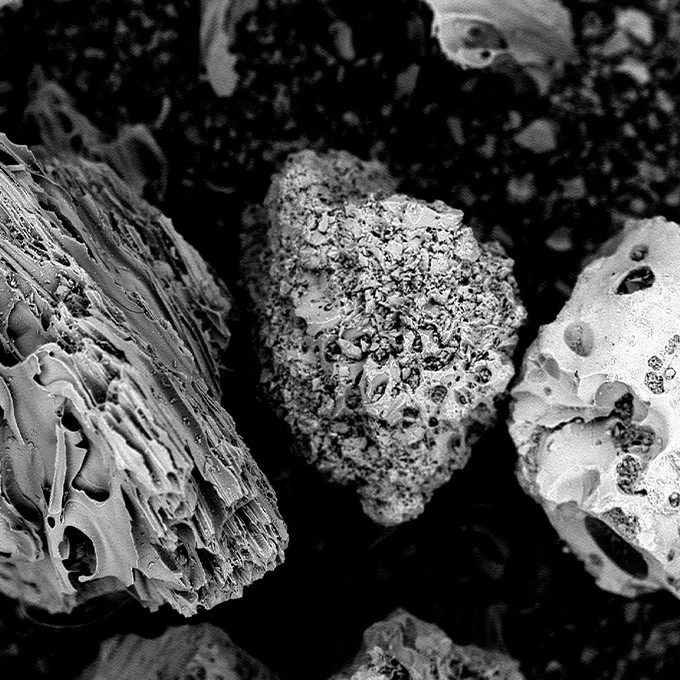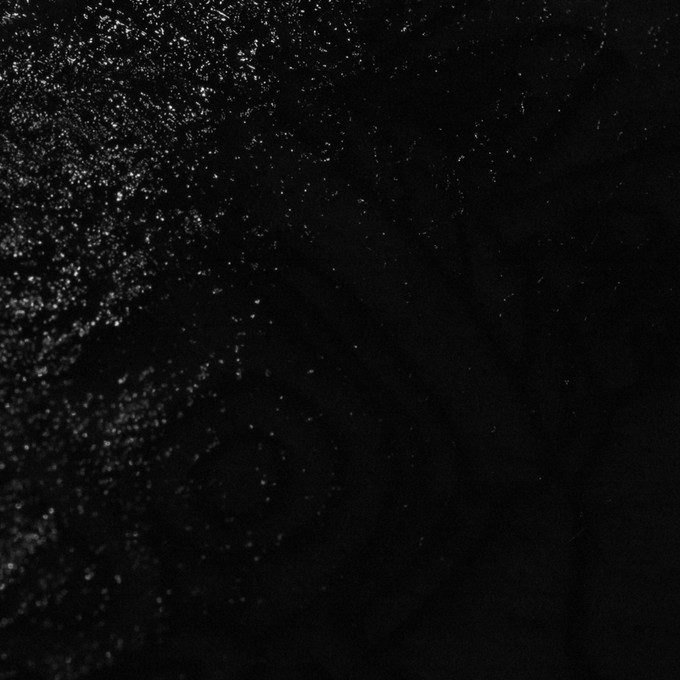Vir Andres Hera
Misurgia Sisitlallan - Installation - 2020
presented as part of the exhibition Panorama 22



Installation
The project is inspired from Kircher's "Misurgia Universalis" (1650), a cosmic organ showing the creation of the universe, and from Juana Inès de la Cruz (1689) who materialized, through her poems, the confrontation of cultures. For them, scientific tools, the study of languages and mysticism converge in one point.
Misurgia Sisitlallan is a journey through the microscopic and macroscopic scales. Its narrative mixes anthropological and scientific considerations. Pre-Columbian and African gods are invoked by an incantation of Aztec flutes, they incarnate and emerge from the darkness, performing ancestral gestures. The voices form a polyphony sung in Nahuatl, in French, in Fon, in English, in Spanish and in Haitian Creole. The views of meteorites, lava, pollen invite us to travel between languages and kingdoms.
Vir Andres collaborates with Jérôme Nika (IRCAM) for sound creation: a software’s memory hybridizes languages according to duration and intensity. On the visual side, he works in UMET, a laboratory specialized in materials science. He draws a parallel between different linguistic codes: a myth and a scientific hypothesis, the sensor of the electronic microscope (SEM) and that of a camera.
The artwork explores the relationship between the birth of speech and that of universe. He goes in search of occult cartographies and fractal forms, the SEM’S scientific imagery is this transformed into a means of communication with the deities. Finally, Vir Andres focuses on heteroglossia which highlights relationships of semantic domination and which confronts harmony and cacophony.
Vir Andres Hera
Production
Acknowledgments
Je remercie particulièrement Hugues Leroux, Damien Jacob, Pierre-Marie Zanetta, Alexandre Fadel et l’équipe de l’Université Lille – UMET; ainsi que Jérôme Nika, Axel Roebel et l’équipe Représentations musicales de l’Ircam, Ircam – Centre Pompidou.
